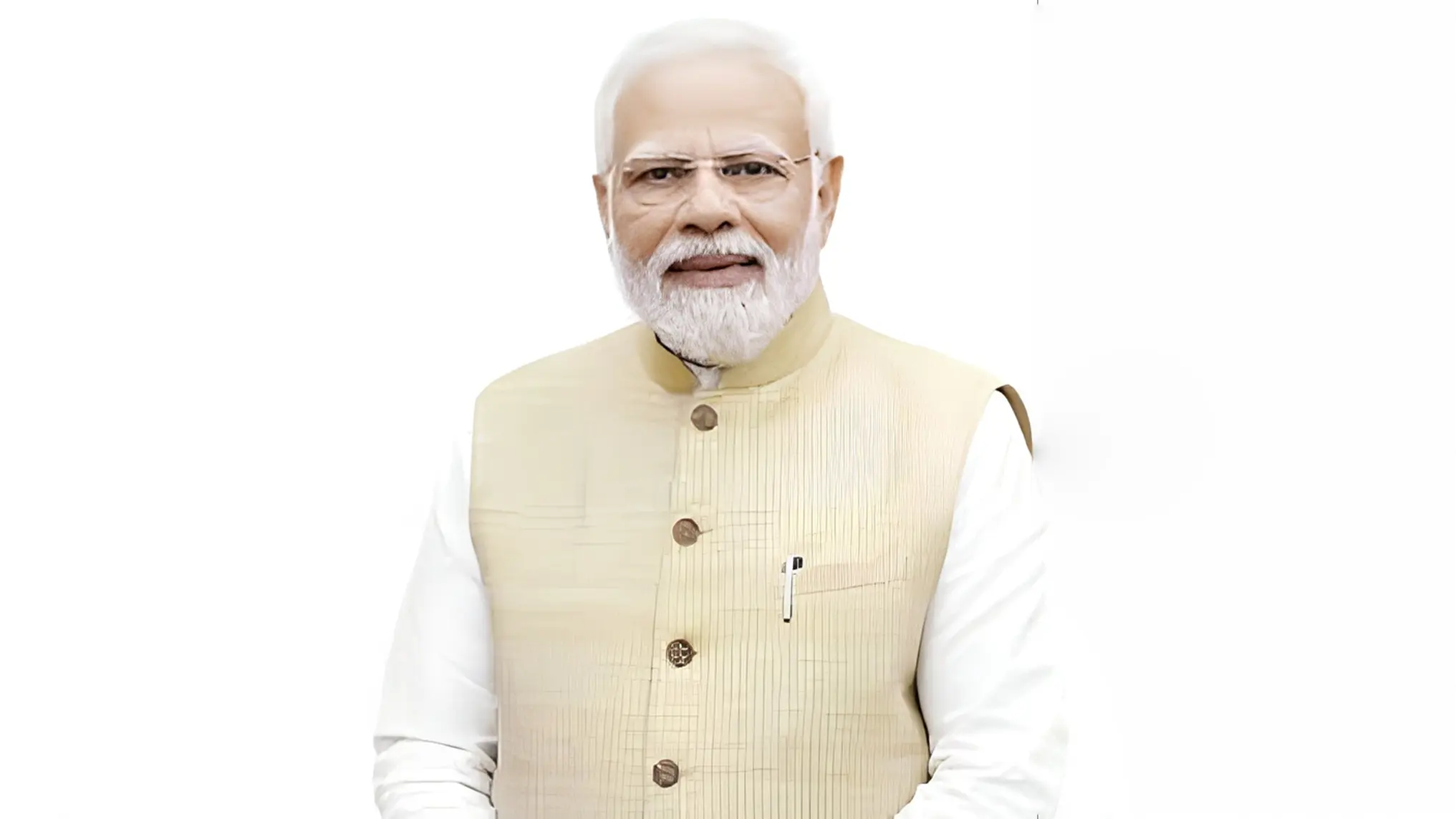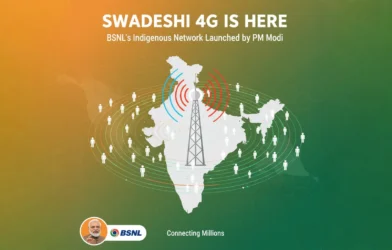Author: Aditya Pareek | EQMint | General News
New Delhi, November 3, 2025 — PM Modi on Monday launched a landmark ₹1 lakh crore Research and Development (R&D) and Innovation Scheme, a transformative initiative aimed at accelerating India’s transition toward the vision of ‘Viksit Bharat’ (Developed India) by 2047.
The scheme, designed to strengthen scientific research, promote innovation, and support deep-tech startups, represents one of India’s most ambitious investments in innovation-led growth. It seeks to position India among the top global innovation hubs by fostering collaboration between government, academia, and industry.
A New Era for Innovation in India
Speaking at the launch event in New Delhi, PM Modi said the initiative will “redefine India’s innovation landscape”, providing resources, infrastructure, and incentives for young innovators, researchers, and entrepreneurs.
“This ₹1 lakh crore R&D and Innovation Scheme is not just a policy — it is the foundation of Viksit Bharat 2047. India’s youth, scientists, and entrepreneurs are our biggest strength. Through this initiative, we are empowering them to create global solutions from Indian soil,” said PM Modi.
The scheme will focus on strategic sectors, including artificial intelligence (AI), semiconductor design, space technology, clean energy, biotechnology, and advanced materials, while also addressing grassroots innovation and inclusive technology development.
It is expected to catalyze over ₹5 lakh crore in private and institutional investments over the next decade through co-funding and industry partnerships.
Core Objectives of the Scheme
According to officials from the Ministry of Science and Technology, the ₹1 lakh crore initiative will be deployed over a five-year period and will serve as a central pillar of India’s innovation ecosystem, aligned with the government’s Atmanirbhar Bharat and Make in India missions.
The key objectives include:
- Boosting R&D infrastructure: Establishing new national-level innovation hubs, research parks, and advanced laboratories.
- Encouraging industry-academia collaboration: Facilitating joint research programs between Indian Institutes of Technology (IITs), universities, and private firms.
- Supporting deep-tech startups: Funding over 10,000 startups in high-impact sectors through grants, seed capital, and innovation challenges.
- Promoting indigenous technologies: Reducing dependence on imports by encouraging domestic R&D and manufacturing in emerging technologies.
- Building talent pipelines: Creating specialized programs to train 1 million researchers, engineers, and innovators over the next decade.
“India’s innovation potential is unmatched. This scheme will bridge the gap between research and commercialization, ensuring that scientific breakthroughs translate into economic growth,” said Dr. Jitendra Singh, Minister of State for Science and Technology.
Integration with ‘Viksit Bharat’ Vision
The R&D and Innovation Scheme is a key part of the Viksit Bharat Vision, which aims to make India a developed economy by 2047, coinciding with the centenary of independence.
The government envisions a knowledge-driven economy, where innovation acts as a multiplier across sectors like manufacturing, healthcare, agriculture, defense, and digital infrastructure.
Officials said the scheme aligns with the National Deep Tech Startup Policy, recently introduced to streamline funding, intellectual property (IP) protection, and global collaboration in cutting-edge technologies.
“Research and innovation are not just academic pursuits — they are engines of national transformation,” said Ashwini Vaishnaw, Minister for Electronics and Information Technology. “India’s innovation ecosystem is entering its golden decade.”
Global Benchmark and Strategic Impact
With this initiative, India joins countries like the United States, Japan, and South Korea in launching multi-billion-dollar innovation missions. The ₹1 lakh crore corpus — among the largest government-backed R&D investments in Asia — aims to make India a top-five global innovator by 2035.
The scheme will also include Innovation Linked Incentives (ILI) to reward breakthrough patents, global research collaborations, and technology exports.
Analysts believe the policy will drive FDI inflows into high-tech sectors, while helping domestic companies compete globally in areas such as clean energy, defense technology, and quantum computing.
“This is India’s ‘moonshot moment’ for innovation,” said Anand Mahindra, Chairman of the Mahindra Group. “By committing large-scale capital to R&D, the government is signaling to the world that India is ready to lead the future of science and technology.”
Boost to Startups and MSMEs
The R&D and Innovation Scheme will play a crucial role in empowering startups, small businesses, and university-led incubators.
Under the plan, ₹20,000 crore will be earmarked exclusively for deep-tech startups working in areas like robotics, battery technology, precision agriculture, and quantum computing. Another ₹10,000 crore will fund innovation-driven MSMEs, encouraging technology adoption in traditional industries.
Startups will also gain easier access to government contracts and research grants, while public procurement norms will be revised to prioritize Indian innovations.
“This initiative will give startups long-term visibility and the confidence to scale. It’s a massive boost for India’s innovation economy,” said Debjani Ghosh, President of NASSCOM.
Empowering Youth and Academia
The education and research ecosystem is set to be one of the biggest beneficiaries of the new initiative. The scheme will provide funding for:
- University-led research clusters across the IITs, IISERs, and NITs.
- Scholarships for PhD researchers and innovators focusing on AI, clean tech, and health sciences.
- Global research exchange programs to strengthen collaboration with universities in the U.S., Japan, and Europe.
PM Modi emphasized that the youth must be at the heart of this innovation journey.
“Innovation is not just about technology; it’s about mindset. Every young Indian should feel empowered to create, innovate, and lead the world,” the Prime Minister said during his address.
Driving Economic Transformation
Economists believe that the scheme could add 1.5 to 2 percentage points to India’s GDP growth over the next decade, while creating millions of high-skilled jobs across research, manufacturing, and technology sectors.
It also positions India as a hub for global R&D outsourcing, a segment projected to reach $100 billion by 2030.
“This initiative could fundamentally alter India’s economic trajectory,” said Dr. Arvind Panagariya, former Vice-Chairman of NITI Aayog. “With innovation at its core, India can leapfrog into high-value industries and become a leader in the fourth industrial revolution.”
A Vision for Viksit Bharat
The ₹1 lakh crore R&D and Innovation Scheme marks a defining moment in India’s quest for self-reliance and global leadership in science and technology. It embodies the spirit of Viksit Bharat — a nation powered by knowledge, creativity, and collaboration.
As PM Modi concluded, “Our goal is clear — from made in India to invented in India. This decade will define India’s rise as a knowledge superpower.”
For more such news and information visit EQMint
Disclaimer: This article is based on information available from public sources. It has not been reported by EQMint journalists. EQMint has compiled and presented the content for informational purposes only and does not guarantee its accuracy or completeness. Readers are advised to verify details independently before relying on them.




